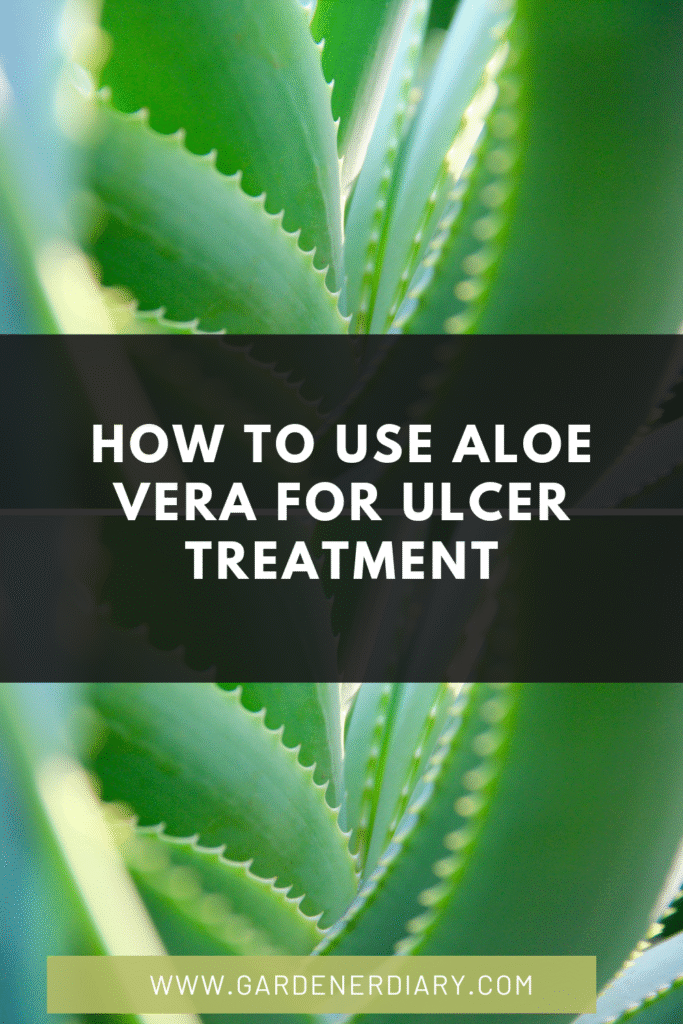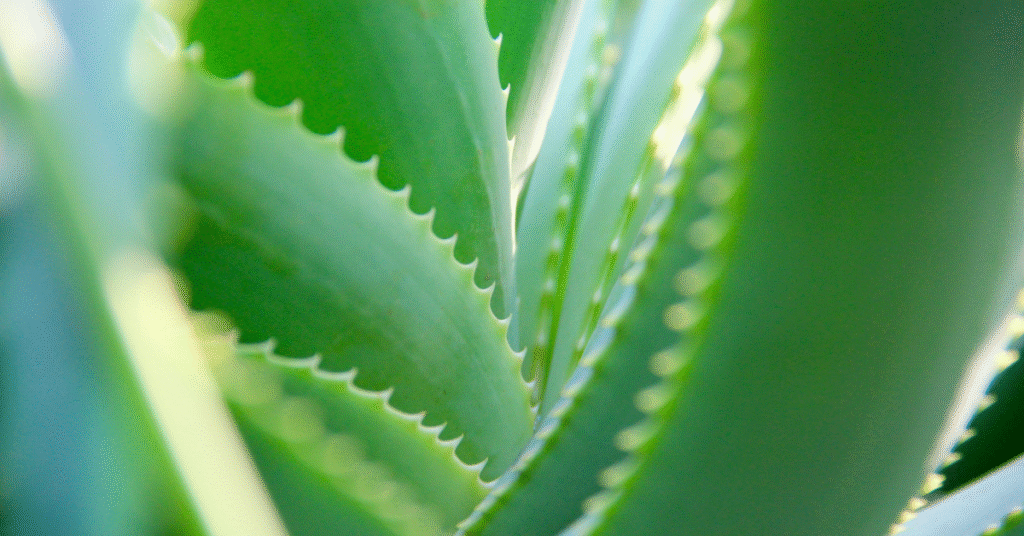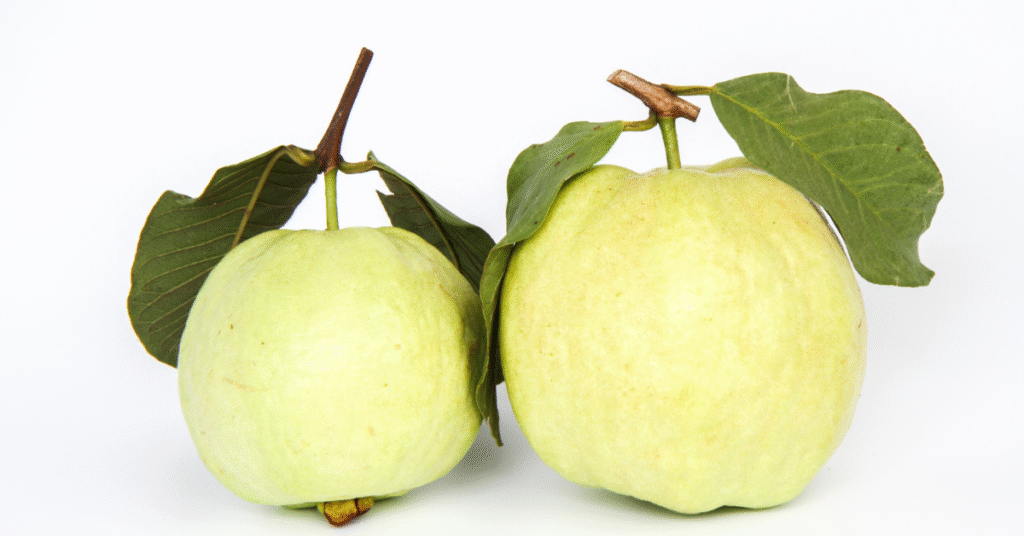Aloe Vera for Ulcer Treatment: Exploring Its Potential Benefits and Safe Use
Ulcers, whether they manifest as painful sores in the mouth, erosions in the stomach lining, or persistent lesions on the skin, can significantly impact quality of life. For centuries, the Aloe Vera plant has been revered in traditional medicine for its remarkable healing and soothing properties. Its clear, gelatinous pulp is a treasure trove of bioactive compounds, leading many to explore its potential as a natural remedy. While Aloe Vera offers significant therapeutic benefits, it is crucial to understand that it is generally considered a complementary therapy and not a standalone “cure” for ulcers.
This comprehensive guide will delve into the various types of ulcers, the scientific basis behind Aloe Vera’s potential role in their management, and provide practical, safe guidelines for its use. Most importantly, we will emphasize the paramount importance of consulting a healthcare professional for diagnosis and treatment of any ulcer condition.
Understanding Ulcers: A Brief Overview
An ulcer is essentially an open sore on an internal or external surface of the body, caused by a break in the skin or mucous membrane that fails to heal. Different types of ulcers affect different parts of the body:
- Peptic Ulcers: These occur in the lining of the stomach (gastric ulcers) or the first part of the small intestine (duodenal ulcers). Common causes include infection with *Helicobacter pylori* (H. pylori) bacteria and long-term use of nonsteroidal anti-inflammatory drugs (NSAIDs).
- Mouth Ulcers (Aphthous Stomatitis/Canker Sores): Small, painful lesions that appear on the inside of the mouth, lips, or tongue. Causes can include minor injury, stress, nutritional deficiencies, or certain medical conditions.
- Skin Ulcers: These are open sores on the skin, often caused by poor circulation, pressure (e.g., bedsores), trauma, or underlying health conditions.
Aloe Vera’s Healing Arsenal: Key Compounds and Mechanisms
The therapeutic potential of Aloe Vera for ulcers stems from its rich and complex composition, featuring over 75 active compounds that work synergistically:
- Polysaccharides (e.g., Acemannan): These complex carbohydrates are believed to be crucial for wound healing and immune modulation. They may form a protective layer over ulcerated tissue, promoting regeneration.
- Anti-inflammatory Compounds: Enzymes like bradykinase, along with plant hormones (auxins and gibberellins), help to reduce inflammation, pain, and swelling associated with ulcers.
- Antimicrobial Agents: Saponins, salicylic acid, and certain anthraquinones exhibit antibacterial, antiviral, and antifungal properties, which can help prevent or manage infections in ulcers.
- Vitamins & Minerals: Vitamins A, C, E (antioxidants), and various minerals (zinc, selenium) support tissue repair and overall cellular health.
- Growth Factors: Compounds that stimulate fibroblast activity, promoting the production of collagen and elastin, essential for tissue repair and regeneration.
The multi-faceted action of Aloe Vera makes it a subject of continuous scientific investigation for its potential in various therapeutic applications, including gastrointestinal health and wound healing. For a comprehensive review of its medicinal uses, refer to research on the Therapeutic and Medicinal Uses of Aloe Vera.
Aloe Vera for Peptic Ulcers (Internal Use)
The use of Aloe Vera for peptic ulcers has been explored due to its potential to protect the stomach lining and reduce inflammation.
Potential Mechanisms:
- Mucoprotective Effect: The polysaccharides in Aloe Vera may form a protective barrier over the gastric mucosa, shielding it from stomach acid and digestive enzymes.
- Anti-inflammatory Action: Reducing inflammation in the stomach lining can alleviate pain and promote healing.
- Acid Reduction: Some studies suggest Aloe Vera may help reduce stomach acid secretion, though this effect needs more robust confirmation.
- Anti-H. pylori Activity: Preliminary research indicates that certain compounds in Aloe Vera may have inhibitory effects against *Helicobacter pylori*, the bacteria commonly associated with peptic ulcers.
Studies have investigated the gastroprotective effects of Aloe Vera, highlighting its potential in managing gastric ulcers. For instance, research published in PMC articles and BMC Complementary Medicine and Therapies has explored its protective effects on the gastric mucosa and its activity against H. pylori.
Aloe Vera for Mouth Ulcers (Topical Use)
Mouth ulcers, or canker sores, are common and painful. Aloe Vera’s soothing and healing properties make it a popular topical remedy.
- Soothing Pain: The cooling and anti-inflammatory properties provide immediate relief from the discomfort of mouth ulcers.
- Reducing Inflammation: Helps to decrease the swelling and redness around the ulcer.
- Accelerating Healing: By promoting cell regeneration and maintaining a moist environment, it can speed up the healing process.
- Antimicrobial Action: Helps prevent secondary infections in the ulcerated area.
Research supports the use of Aloe Vera in oral health, including its efficacy for aphthous stomatitis. A study published in PubMed found Aloe Vera to be effective in reducing the size and pain of recurrent aphthous stomatitis.
Aloe Vera for Skin Ulcers (Topical Use)
For minor skin ulcers, such as superficial pressure sores or non-infected abrasions, Aloe Vera can offer supportive care.
- Wound Cleansing: Its mild antiseptic properties can help keep the ulcer clean.
- Moisture Balance: Maintains a moist wound environment crucial for healing, preventing the ulcer from drying out and cracking.
- Anti-inflammatory: Reduces redness and swelling around the ulcer.
- Tissue Regeneration: Stimulates the growth of new skin cells, aiding in wound closure.
The wound-healing capabilities of Aloe Vera are well-documented, extending to various skin conditions. This aligns with its broader benefits for skin and its use in how to use aloe vera on wounds. Further research on its anti-inflammatory, antioxidant, and wound-healing properties can be found in publications like this one from Springer.
How to Use Aloe Vera for Ulcers: Practical Application
1. Preparing Fresh Aloe Vera Gel (for Topical Use)
If using fresh gel from the plant, proper preparation is key to avoid irritation from the latex. This process is similar to how you would prepare it for facial applications, as detailed in our guide on how to use aloe vera plant on face.
- Select a Mature Leaf: Choose a thick, healthy leaf from the outer part of the plant.
- Drain the Latex: Cut the leaf at the base and stand it upright in a cup for 10-15 minutes to allow the yellowish aloin (latex) to drain out. Discard this liquid.
- Clean & Extract: Rinse the leaf, slice off spiny edges, and carefully scoop out the clear inner gel with a spoon. Avoid scraping the green skin.
- Store: Store excess pure gel in an airtight container in the refrigerator for up to a week.
2. Application Methods
- For Peptic Ulcers (Internal):
- Form: Use only high-quality, decolorized, aloin-free Aloe Vera juice or gel specifically labeled for internal consumption.
- Dosage: Follow the dosage instructions on the product label or, ideally, as advised by your healthcare professional. Typical recommendations might be 1-2 tablespoons, 1-3 times daily, before meals.
- Important: This should only be done under the guidance of a doctor, especially if you are on other medications.
- For Mouth Ulcers (Topical):
- Form: Pure fresh Aloe Vera gel or a high-quality commercial oral Aloe Vera gel/rinse.
- Application: Gently apply a small amount of gel directly to the mouth ulcer with a clean finger or cotton swab. You can also rinse your mouth with a diluted Aloe Vera juice (ensure it’s aloin-free).
- Frequency: Apply 2-3 times daily, especially after meals, until the ulcer heals.
- For Skin Ulcers (Topical – Minor & Superficial):
- Form: Pure fresh Aloe Vera gel or a high-quality commercial topical Aloe Vera gel.
- Application: Gently clean the ulcerated area with mild soap and water. Pat dry. Apply a thin, even layer of pure Aloe Vera gel. You may cover with a sterile non-stick dressing if desired.
- Frequency: Apply 2-3 times daily.
- Important: Only for minor, superficial, non-infected skin ulcers. Any deep, persistent, or infected skin ulcer requires immediate medical attention.
Important Precautions & Warnings
While Aloe Vera is widely used, it’s crucial to be aware of its limitations and potential risks, especially when dealing with medical conditions like ulcers.
- ALWAYS Consult a Healthcare Professional: This is the most critical advice. Ulcers can be serious conditions requiring proper medical diagnosis and treatment. Aloe Vera should only be used as a complementary therapy under the guidance of a doctor or gastroenterologist.
- Aloin/Latex Toxicity (Internal): As mentioned, the aloin in the latex layer can cause severe gastrointestinal distress (cramps, diarrhea, dehydration, electrolyte imbalance). This is why only decolorized, aloin-free products should be used internally.
- Drug Interactions: Aloe Vera can interact with certain medications:
- Blood Sugar Lowering Drugs: May enhance their effect, leading to hypoglycemia.
- Laxatives: May increase laxative effects.
- Diuretics: May increase potassium loss.
- Blood Thinners: Some sources suggest potential interaction, though more research is needed.
- Pregnancy & Breastfeeding: Internal use of Aloe Vera is generally not recommended during pregnancy (due to potential uterine contractions) or breastfeeding.
- Allergic Reactions: Topical application can cause allergic reactions (contact dermatitis) in some individuals, leading to redness, itching, or rash. Always perform a patch test. For more details, refer to our guide on side effects of aloe vera on face.
- Quality of Commercial Products: The purity and processing of commercial Aloe Vera products vary widely. Choose reputable brands that provide clear information on aloin content and processing.
- Not a Substitute for Primary Treatment: Aloe Vera should not replace antibiotics for H. pylori infection, acid-reducing medications, or other prescribed treatments for ulcers.
When to Seek Immediate Medical Attention for Ulcers
Do NOT attempt to treat severe or persistent ulcers with Aloe Vera alone. Seek immediate medical attention if you experience:
- Severe, sharp, or persistent abdominal pain.
- Bloody or black, tarry stools (melena).
- Vomiting blood or material that looks like coffee grounds.
- Unexplained weight loss.
- Difficulty swallowing.
- Skin ulcers that are deep, infected (pus, increasing redness/warmth), rapidly worsening, or not healing.
- Any symptoms that are severe or concerning.
Conclusion: A Supportive Role in Ulcer Management
Aloe Vera, with its rich array of anti-inflammatory, antimicrobial, and wound-healing compounds, holds significant promise as a complementary therapy for various types of ulcers. From soothing painful mouth sores to potentially protecting the gastric lining and aiding in the healing of minor skin lesions, its natural properties offer valuable support.
However, the journey to healing ulcers is complex and requires a responsible approach. Always prioritize professional medical diagnosis and treatment. When used correctly and under medical guidance, Aloe Vera can be a beneficial addition to your overall management plan, helping to alleviate symptoms and promote healing. Embrace its potential, but always with caution and informed decision-making.



